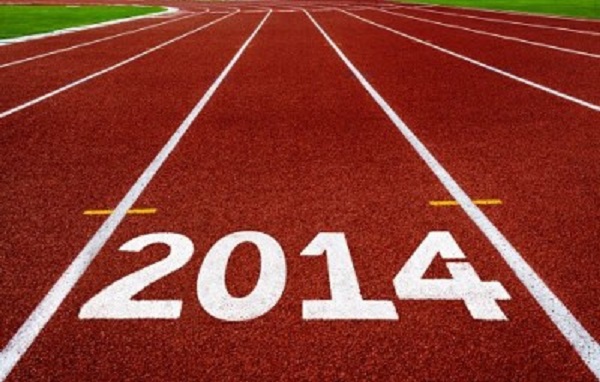SnapCar, Uber, and other companies may not be able to take advantage of this tech.
Over the last few weeks, the Assemblée Nationale in France has been host to a highly controversial debate that has been raging on between new forms of urban transportation and the startup companies behind them, and the traditional taxi unions in the country.
The arguments were intense and for a while it felt as though a decision would be nearly impossible.
Thomas Thévenoud was a member of the Assemblée during that time and recently released his report to the startup companies and taxi unions. This report included the details that will come the law over the next few weeks and which include thirty different points. Among them, there remains a great deal of controversy, including that ride sharing programs – such as Chauffeur-Privé, Uber, LeCab, and others – will not be permitted to display relevant geolocation data on smartphones within the country.
The use of geolocation technology has been banned for these ride share programs.
Thévenoud explained that “I want to ban the apps that let you see if there are cars around you.” To that, Dave Ashton, the SnapCar co-founder, expressed that the report, itself, is “quite explosive”. Ashton added that Thévenoud has managed to “lock the use” of the location based technology for startup urban transportation businesses and has proposed that it be allowable only for cab companies.
Ashton also pointed out that he felt that the proposal is “pretty incredible” when it is considered that it was the ride share programs that first introduced the use of geolocation technology for clients and drivers, in the first place. He added that “It’s completely ridiculous”.
That said, Ashton also pointed out that there are a number of parts of the report that will be upsetting to taxi drivers, and that he’s pretty sure that those drivers will “strike immediately. That’s certain.” The reason is that at the moment, as soon as a taxi is called, a driver is allowed to start the meter. Thévenoud is hoping to either end or cap that amount. When calling most ride share programs, such as Uber, the fee for the ride doesn’t start until the passenger is actually in the vehicle.
The most recent data report issued by ABI Research sees this technology exploding in 2014.
The latest quarterly market data report from ABI Research has placed a focus on location based marketing technologies and has shown that this year will likely be a powerful one when it comes to indoor installations within retail environments.
The report explains it as a full scale deployment of what early adopters were testing last year.
Now that the last three years have seen considerable testing of location based marketing techniques and technologies by early adopters, they are ready to roll out complete campaigns that will make use of the channel. An additional critical driver in this area is also the rapid increase in the popularity of BLE/iBeacons.
Those forms of location based marketing technology are generating a new wave of adopters in this space.
Now, second generation startups are beginning to drive brand new growth and will be used throughout each of the major verticals. When all is said and done, the report showed that this year will see more than 30,000 indoor location installations, said ABI Research’s data.
Patrick Connolly, a senior analyst with the firm, said that it is easy to spot the way in which large pharmacy and grocery chains have been moving toward this tech. He also added that “These are very competitive verticals, which can benefit significantly from identifying and targeting loyal customers.” Connolly explained that “Both already have large loyalty and advertising/offers deals in place and from a practical point of view, in-store items can be difficult to find. All of this makes indoor location a perfect fit.”
Beyond that, the development of the technology throughout other verticals will be an interesting occurrence over the next few months. For instance, while QSR restaurants had not originally been seen as a prime example of the type of business that would be able to take full advantage of this technology, it is in this area that there have been some of the largest successes.
Some of the differences that location based marketing and tech have been able to achieve for fast food restaurants include a small improvement in the length of lineups. This may sound minor, but in a business of that nature, it can translate to millions of dollars over time.



